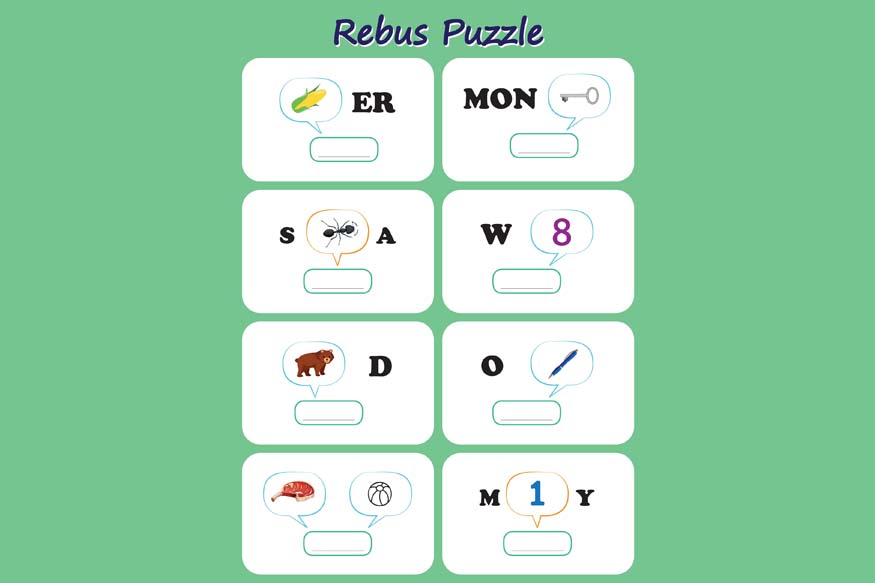Pythagoras’ Theorem is one of the most famous principles in mathematics. It is named after the ancient Greek mathematician Pythagoras. Though it dates back thousands of years, it continues to be one of the most useful tools in modern mathematics, applicable in many real-life situations.
This theorem is essential in understanding shapes, calculating distances, and even constructing buildings. By breaking down its principles and exploring practical applications, we can see why Pythagoras’ Theorem remains relevant for students and professionals alike.
What is Pythagoras’ Theorem?
At its core, Pythagoras’ Theorem explains the relationship between the three sides of a right-angled triangle. According to the theorem:
In a right-angled triangle, the square of the hypotenuse (the longest side) is equal to the sum of the squares of the other two sides.
In mathematical terms, if we have a right triangle with sides aaa, bbb, and hypotenuse ccc, then:
A2+B2 = C2
This equation allows us to find the length of any one side if the lengths of the other two sides are known.
Why is the Hypotenuse So Important?
In a right triangle, the hypotenuse is always the longest, opposite the right angle. Because of its unique position and length, the hypotenuse plays a crucial role in geometry. Understanding how the hypotenuse relates to the other two sides in a right triangle provides insight into distances, symmetry, and measurement—fundamental concepts in various fields.
A Practical Example of Pythagoras’ Theorem
Imagine you are creating a square garden plot but need to ensure the corners are perfect right angles. To do this, measure three units along one side of the corner and four units along the other. According to Pythagoras’ Theorem, the diagonal (hypotenuse) between these two points should measure exactly five units. If it does, then you have a perfect right angle. This technique is often used in construction and gardening to ensure accuracy without complex equipment.
How to Use Pythagoras’ Theorem Step-by-Step
To use Pythagoras’ Theorem, follow these steps:
- Identify the Sides: In a right triangle, locate the hypotenuse and the two other sides. The hypotenuse will be opposite the right angle.
- Square the Sides: Square the lengths of the two shorter sides.
- Add the Squares: Add the squares of the two shorter sides.
- Find the Square Root: Take the square root of this sum, which will give you the hypotenuse length.
For example, if one side is 6 cm and the other is 8 cm, then:
62+82 = 36+64 =100
√100 = 10
Thus, the hypotenuse would measure 10 cm.
Real-Life Applications of Pythagoras’ Theorem
- Construction and Architecture
Builders use Pythagoras’ Theorem to create precise measurements and ensure structural accuracy. By applying the theorem, they can guarantee that buildings and rooms are level and have accurate right angles, which is essential for stability and aesthetics. - Navigation and Mapping
Pythagoras’ Theorem is invaluable in navigation, helping to determine the shortest distance between two points. By calculating straight-line distances, navigators and pilots can plan efficient routes. - Designing and Measuring Gardens
Gardeners or landscapers who must ensure rectangular plots are properly aligned can use this theorem. They can confirm that corners are right angles by measuring diagonal lengths, resulting in balanced and visually pleasing designs. - Technology and Coding
In computer graphics, Pythagoras’ Theorem helps render images and animations on a screen. Software engineers use it to calculate pixel distances, design shapes and map out digital spaces, which allows for smooth, accurate visual effects. - Physics and Engineering
Engineers use Pythagoras’ Theorem in force calculations, stability tests, and structural designs. By understanding the relationships between different forces, engineers ensure that machines and structures remain balanced and safe. - Astronomy
Pythagoras’ Theorem also assists astronomers in determining distances between celestial bodies. By analysing the triangles formed between Earth, a star, and another point, they can calculate vast distances and improve their understanding of space.
Fun Ways to Explore Pythagoras’ Theorem
- Make Right-Angled Triangles
Create right-angled triangles using string and measure their sides to see how the theorem applies. This hands-on approach makes understanding the theorem easier and shows how it works with different triangle sizes. - Explore Square Patterns
Draw squares on each side of a right-angled triangle and calculate the areas. This visual method makes it easy to see how the sum of the areas of the smaller squares equals the area of the largest square. - Construct with Right Angles
Try constructing simple objects, like picture frames or boxes, where right angles are needed. Use Pythagoras’ Theorem to confirm your angles, creating real-world connections to maths principles. - Solve Daily Distance Problems
Apply the theorem to everyday questions, like finding the quickest route between two points. Whether planning a shortcut in a park or figuring out the diagonal distance across a room, Pythagoras’ Theorem proves useful.
Fun Facts About Pythagoras
- Pythagoras’ Theorem is one of the oldest theorems, dating back over 2,500 years.
- It has over 300 different proofs, showcasing its significance in mathematics.
- Pythagoras founded a school where followers believed that maths was the key to understanding the universe.
Conclusion
Understanding Pythagoras’ Theorem provides a valuable tool that extends far beyond the classroom. Its applications in architecture, engineering, and daily tasks show just how powerful this simple rule can be. Learning the theorem gives young students a chance to see maths as something practical and engaging, rather than abstract and distant.
Centre Point School (CPS) recognises the importance of foundational maths concepts like Pythagoras’ Theorem, offering students hands-on learning opportunities. By connecting lessons to real-life scenarios, CPS encourages students to explore maths actively, helping them build confidence and practical skills that will support them throughout their education.





